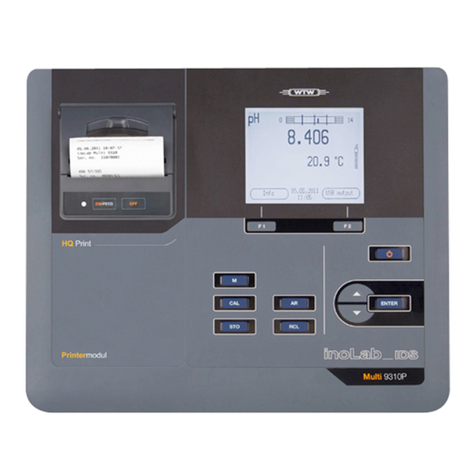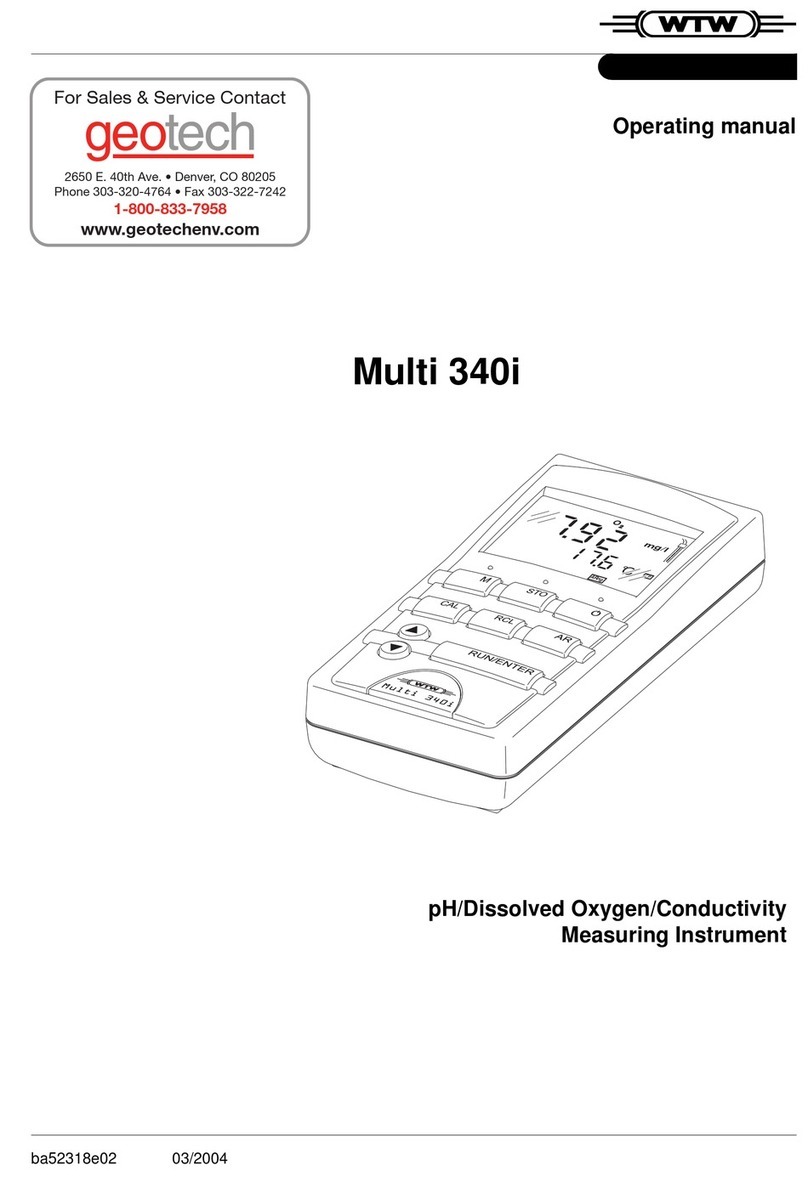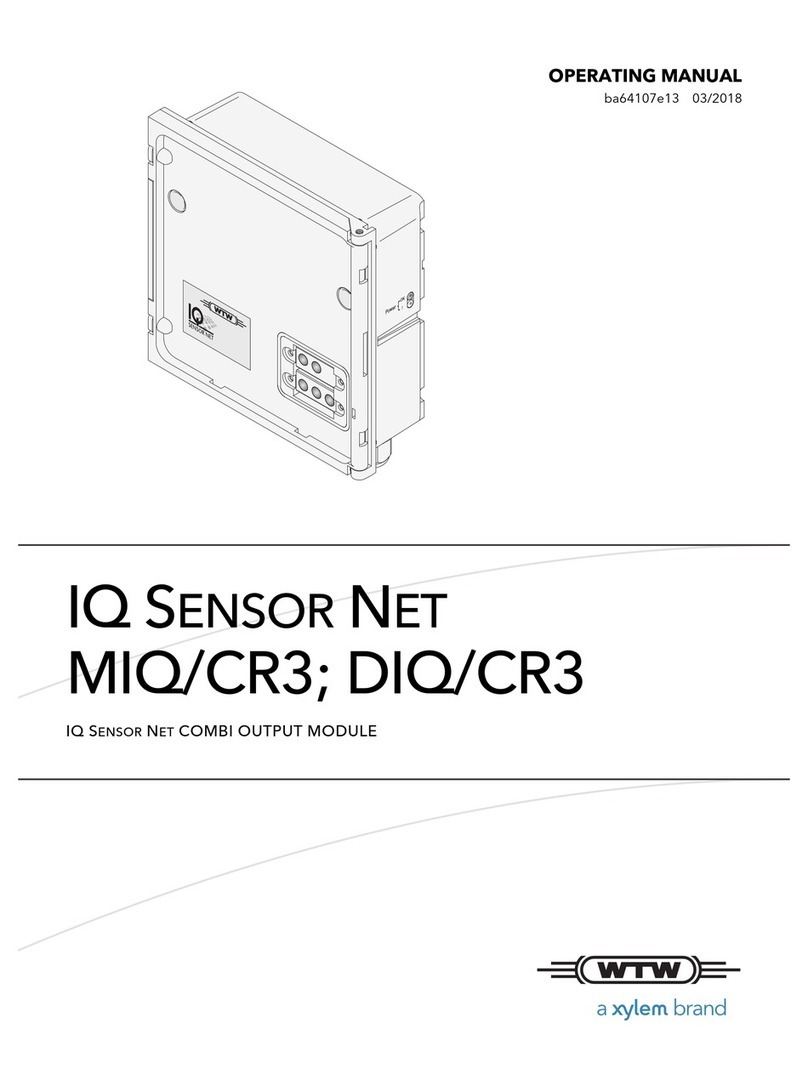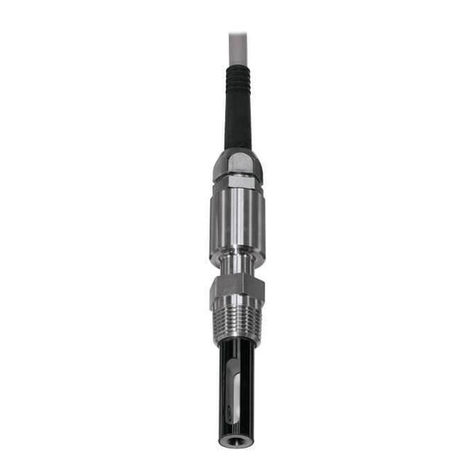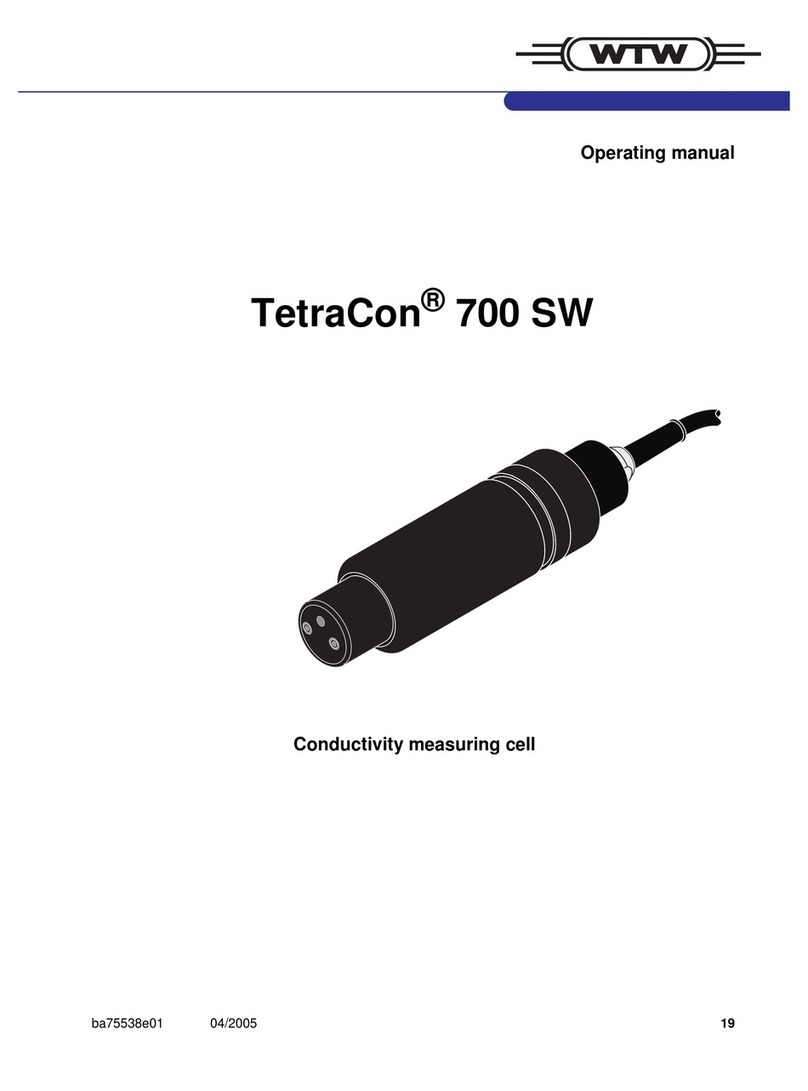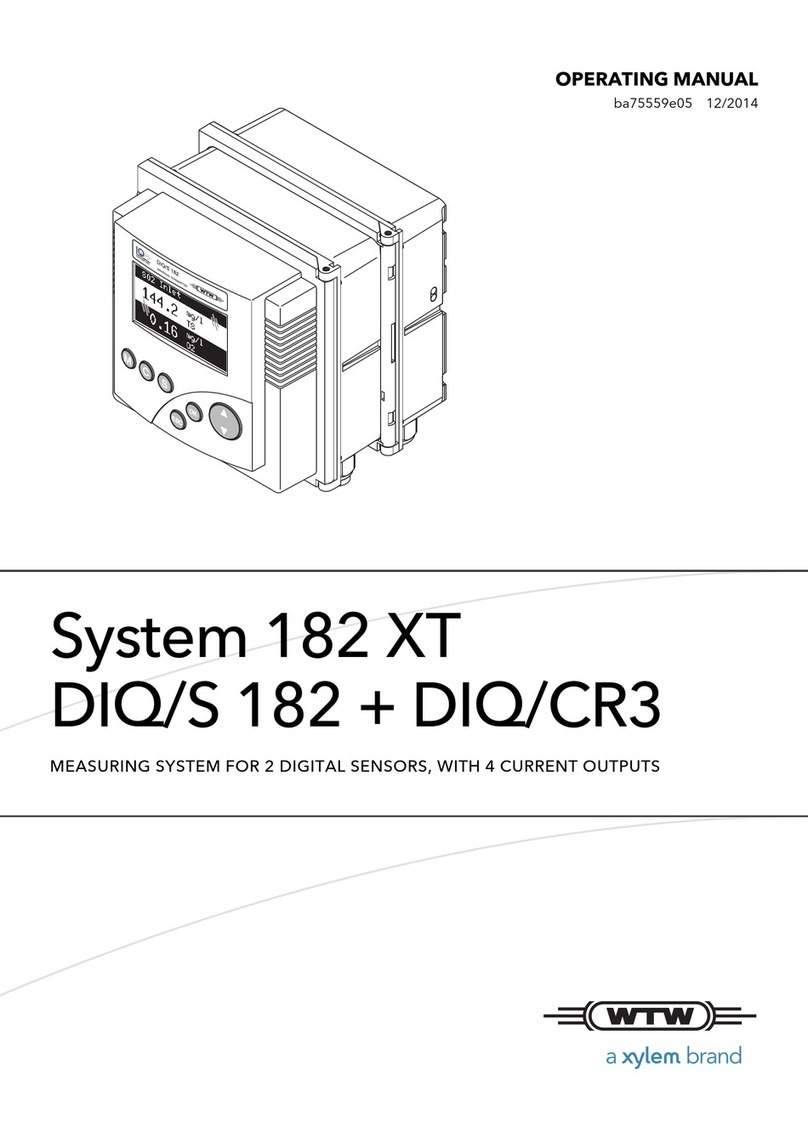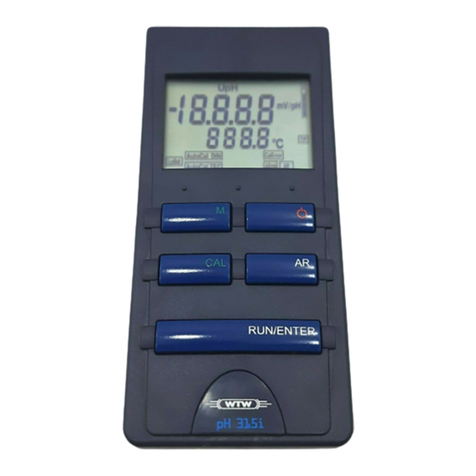wtw pH 3150i User manual
Other wtw Measuring Instrument manuals
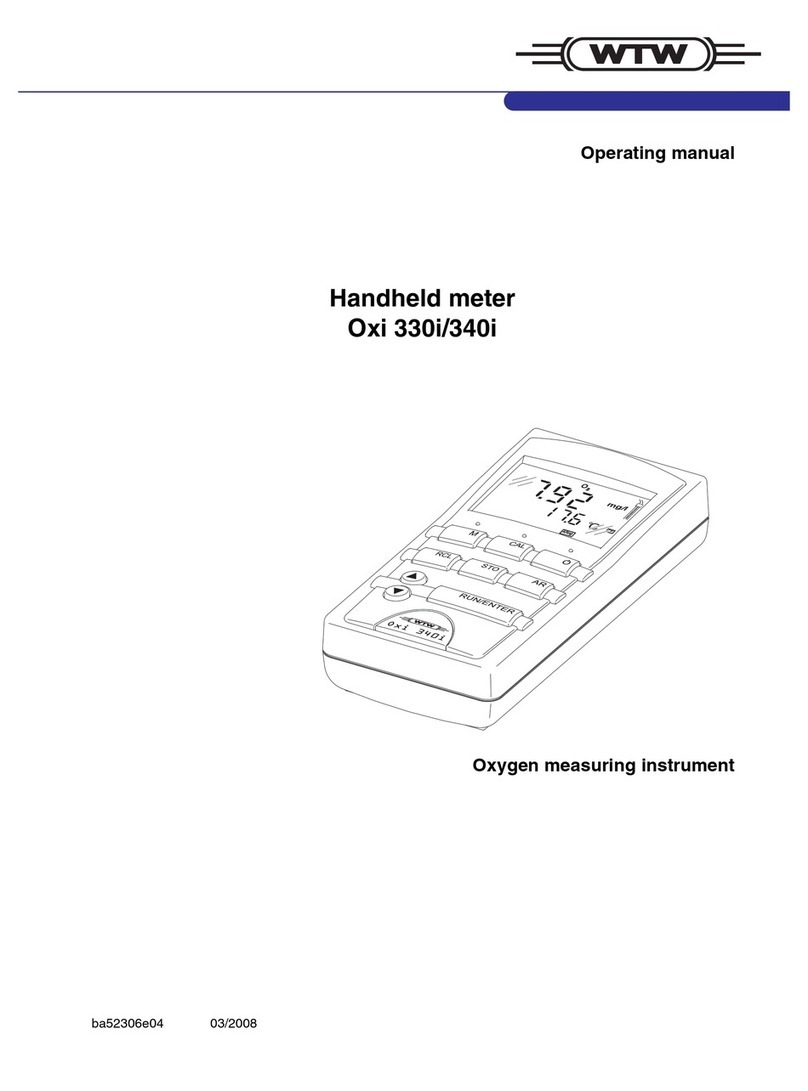
wtw
wtw Oxi 330i User manual
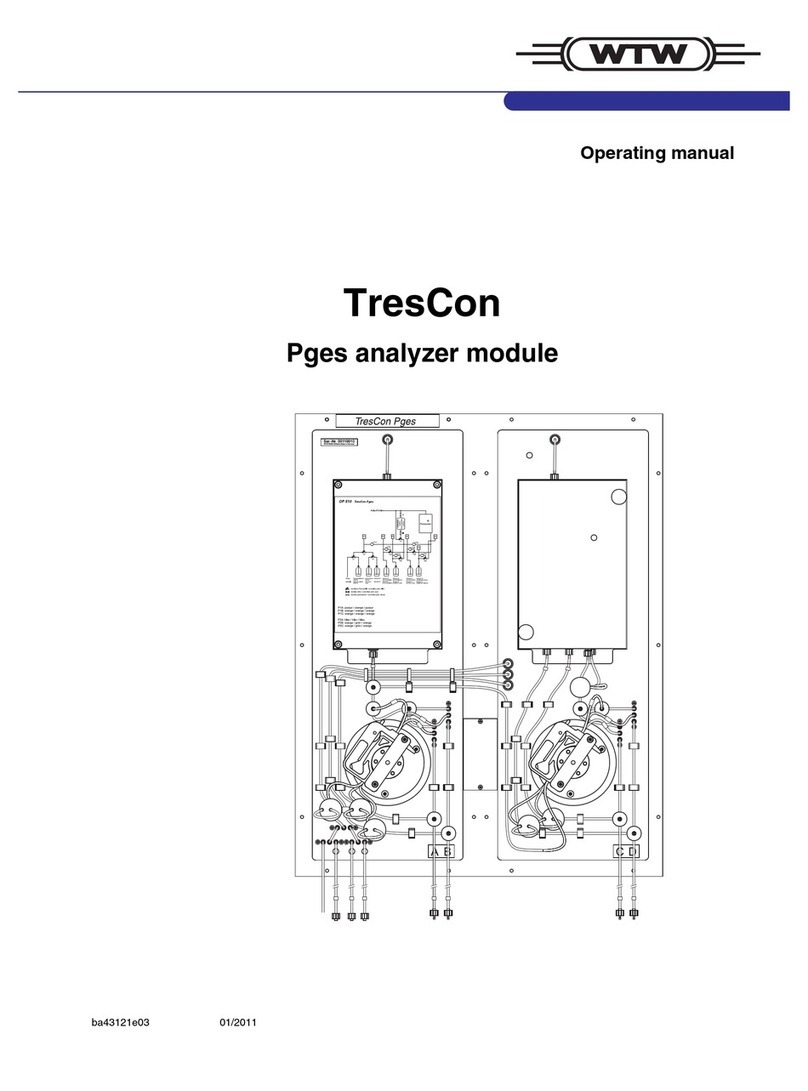
wtw
wtw TresCon User manual
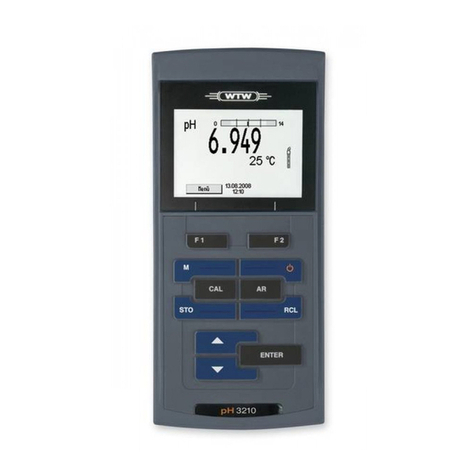
wtw
wtw Cond 3210 User manual

wtw
wtw Oxi 315i User manual
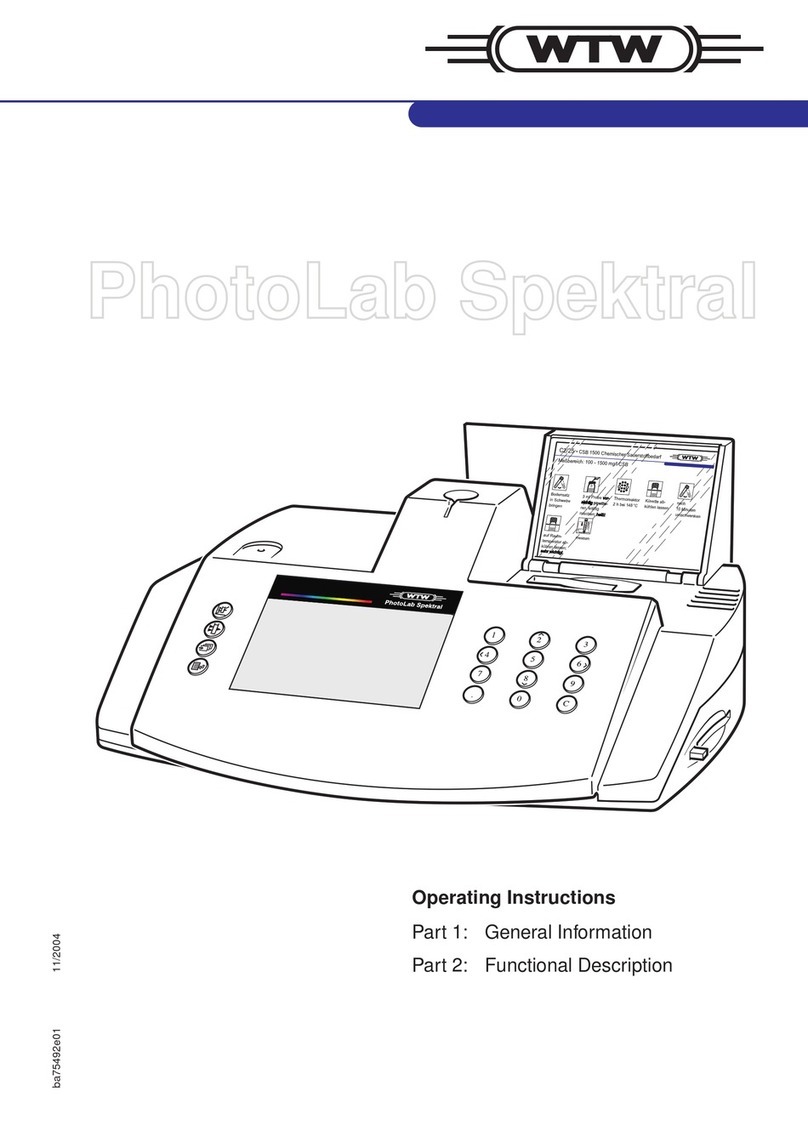
wtw
wtw PhotoLab Spektral User manual

wtw
wtw Multi 3420 User manual
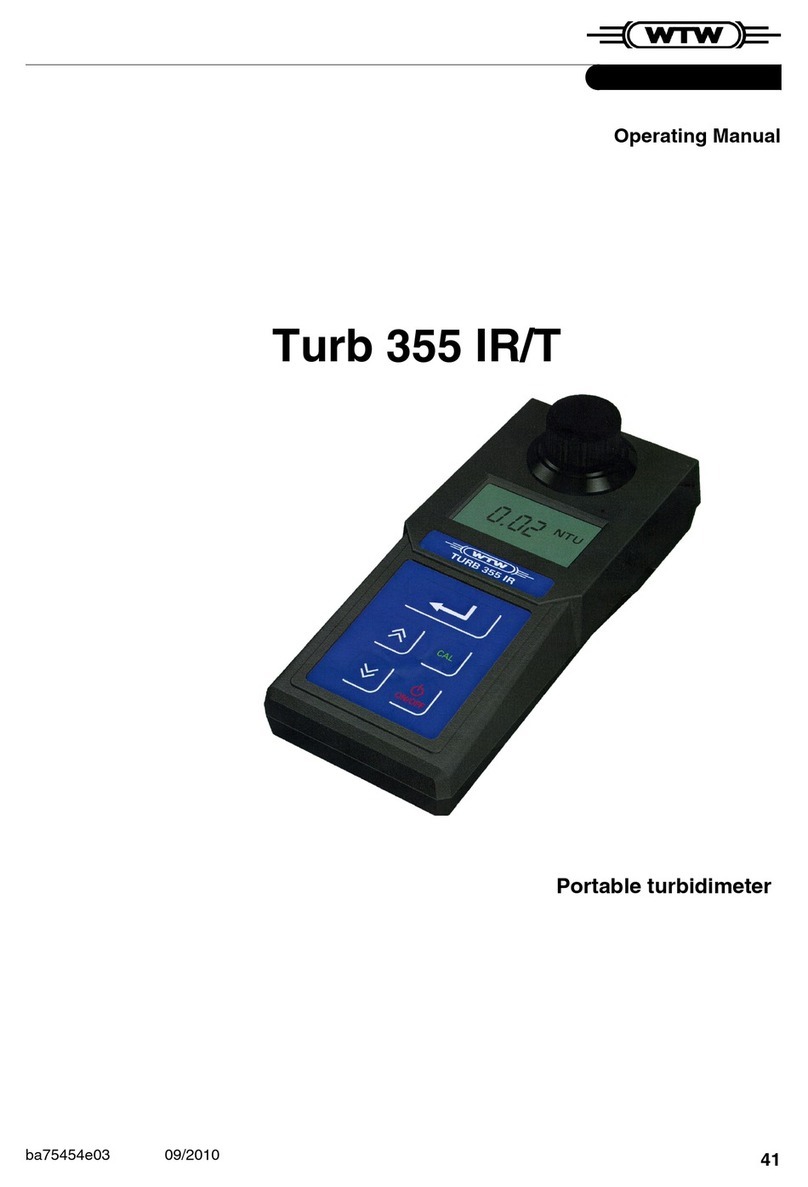
wtw
wtw Turb 355 IR/T User manual
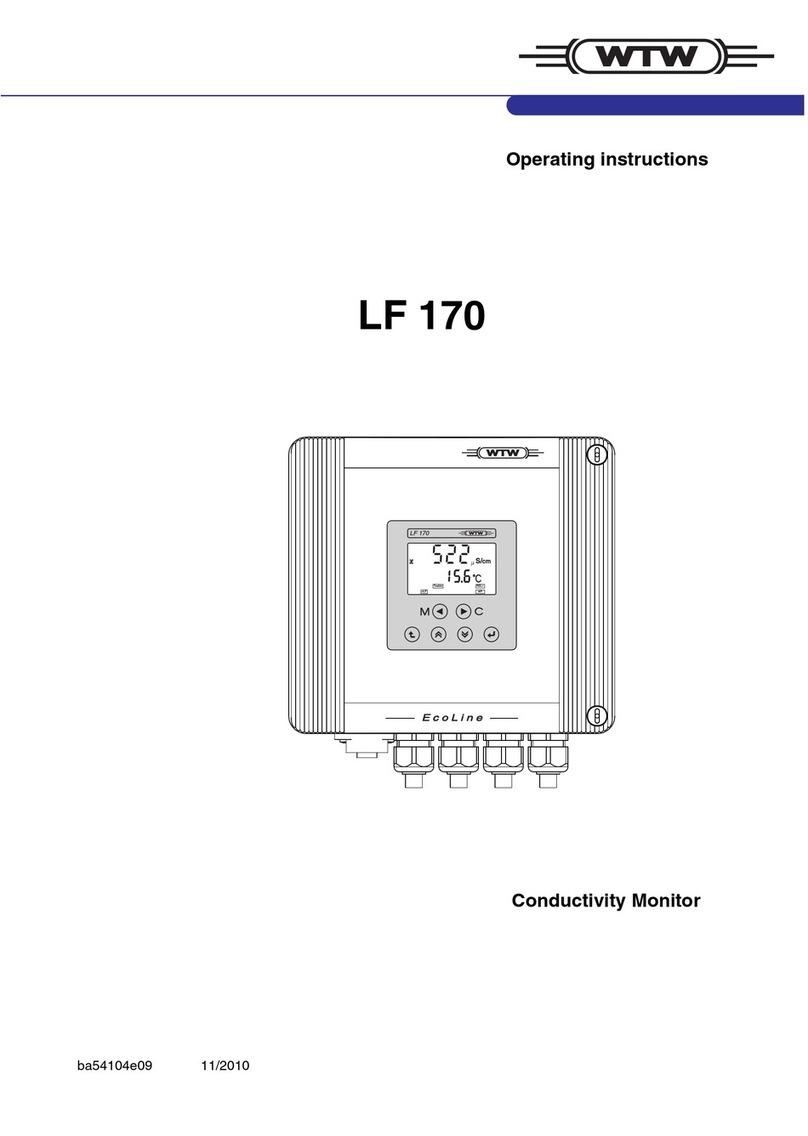
wtw
wtw LF 170 User manual
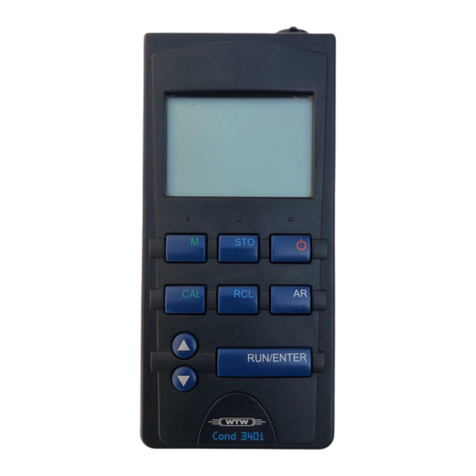
wtw
wtw Cond 340i User manual
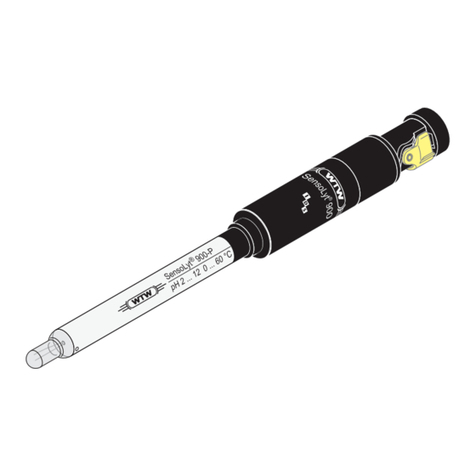
wtw
wtw MultiLine SensoLyt 900-P User manual
Popular Measuring Instrument manuals by other brands

Powerfix Profi
Powerfix Profi 278296 Operation and safety notes

Test Equipment Depot
Test Equipment Depot GVT-427B user manual

Fieldpiece
Fieldpiece ACH Operator's manual

FLYSURFER
FLYSURFER VIRON3 user manual

GMW
GMW TG uni 1 operating manual

Downeaster
Downeaster Wind & Weather Medallion Series instruction manual

Hanna Instruments
Hanna Instruments HI96725C instruction manual

Nokeval
Nokeval KMR260 quick guide

HOKUYO AUTOMATIC
HOKUYO AUTOMATIC UBG-05LN instruction manual

Fluke
Fluke 96000 Series Operator's manual

Test Products International
Test Products International SP565 user manual

General Sleep
General Sleep Zmachine Insight+ DT-200 Service manual
